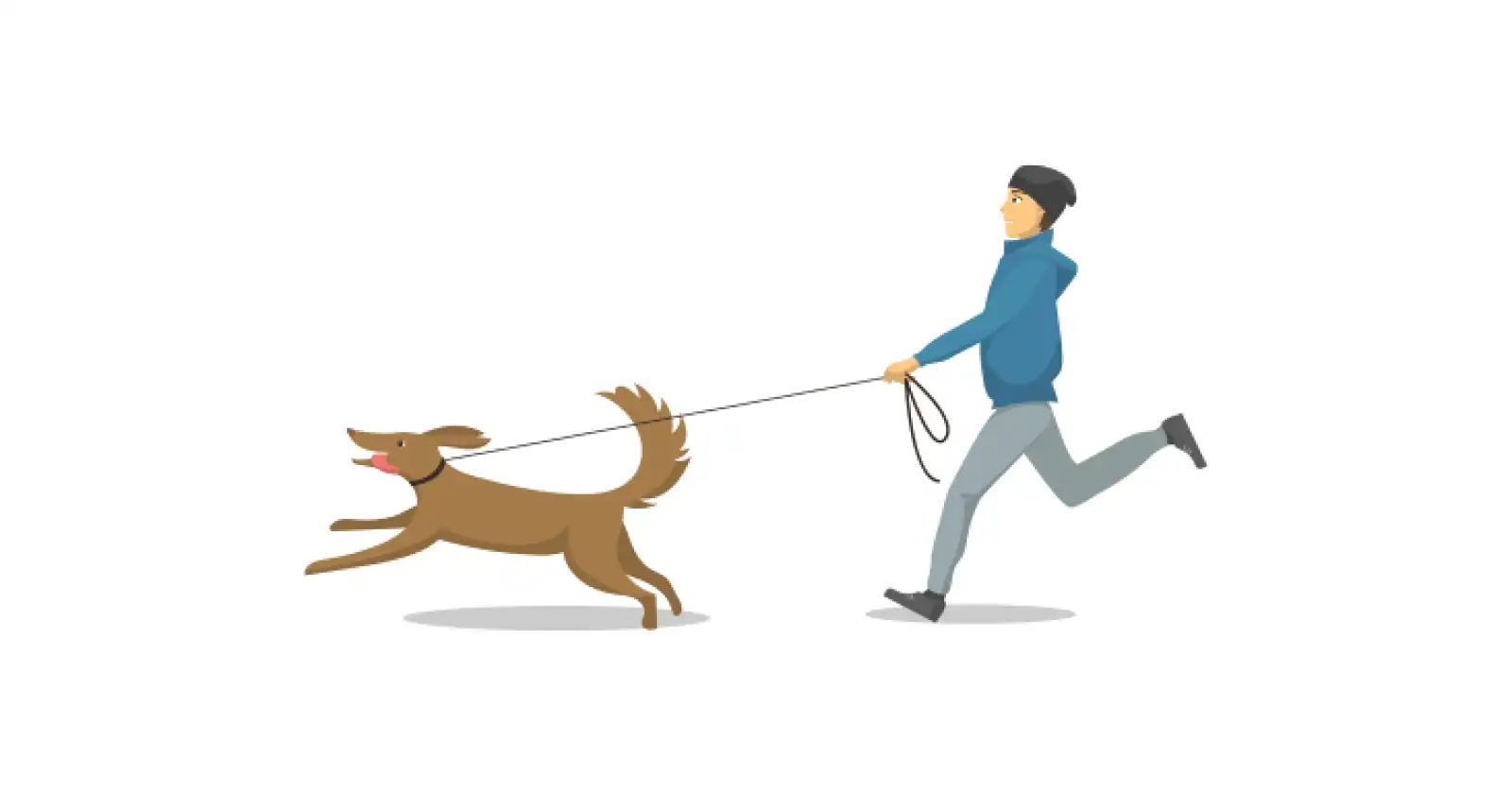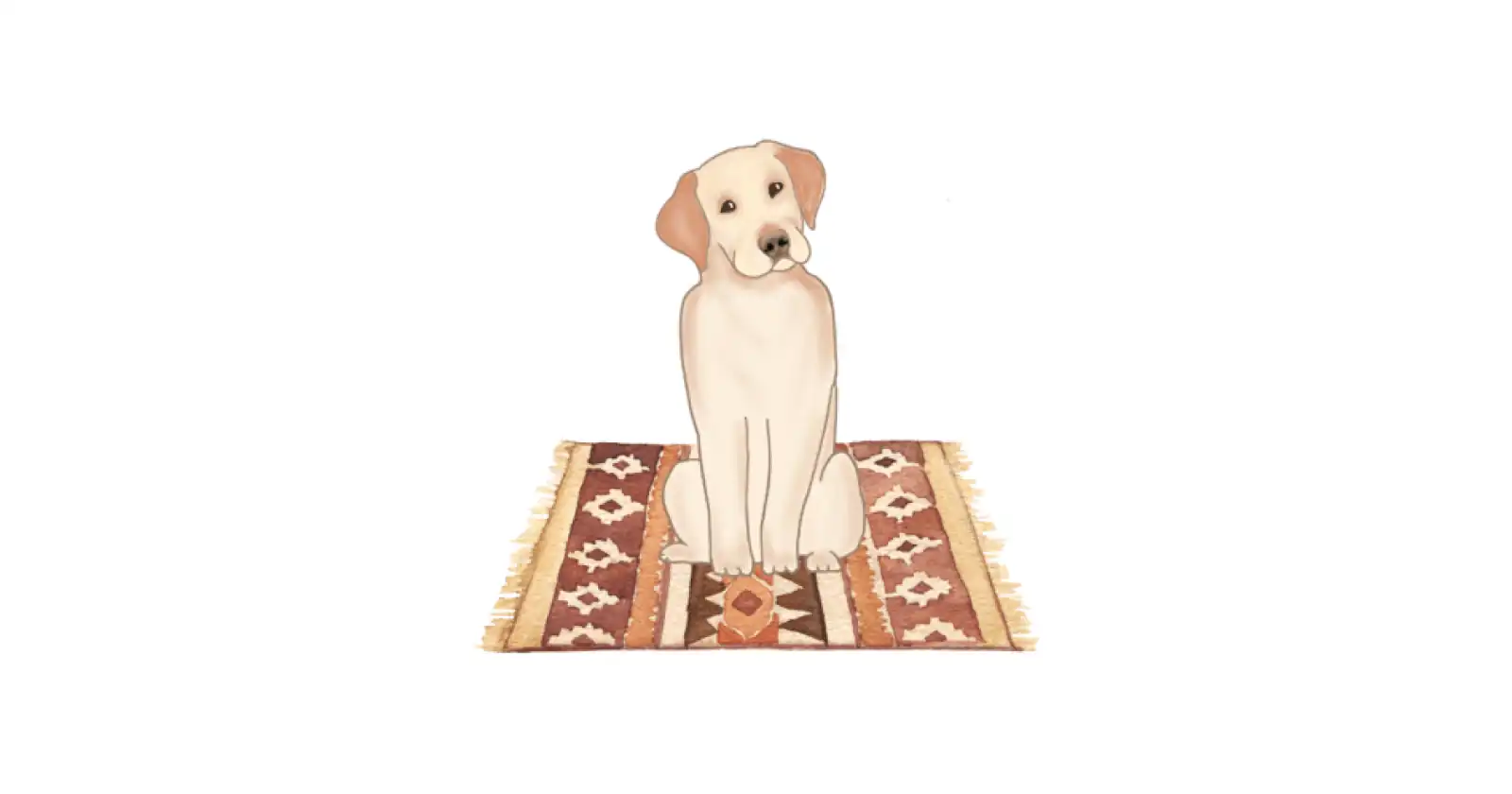Leash Training for Dogs

Do you also want to get out of the mundane and take your furry friend on daily adventures? Being a responsible pet parent, you need to leash your dog in all common areas. That brings us to our topic of how important and beneficial leash training is for your pet dogs. Dogs are not used to leashes from the get-go and most probably will feel uneasy and even resist it, which is why you need proper leash training for your dog. Both you and your dog can benefit from leash walking as it offers a reliable, safe form of exercise. Leash training also establishes an effective feedback mechanism whereby walking your dog becomes much more enjoyable and you are therefore more likely to do so, which is advantageous for both of you. Here are some ways you can get started with:
-
Start indoors: Initiate the training by keeping your dog on a loose leash inside your home and let them get familiar and comfortable with the leash on his neck. You can put the leash on at times when you are giving him treats or playing fetch at home, so they connect the idea of wearing a leash to some reward. This base makes the training easier in later steps.
-
Decide on a cue: This can be a sound cue like calling your pet’s name or making a sound with the bag of treats. When you have grabbed their attention with the sound, show him the treat and as he’s walking towards you with the leash on, take a few steps back and then give him his treat. This will familiarize them with the practice of walking on a leash.
-
Practice: Repeat this process every day for short periods to get your dog comfortable with the leash. Be careful not to tire out your dog in the process and give them some much-deserved playtime breaks too!
-
Time to go outdoors: After a few days of indoor practice, take your dog out for a short walk, you can maybe start with your own neighborhood. Your dog is meant to get distracted by the hundred things they encounter around them. Your pet will find everything from the sounds of honking cars to wildflowers by the side of the road intriguing, especially the first few times. Use indoor training and sound cues to control them if your dog is pulling on leash or trying to struggle out of it.
-
Heel Training: Heel training is a lifesaver since it teaches your dog to follow you on walks without dragging you along or running far behind. It also encourages a safer dog-walking experience and, most significantly, helps you and your dog form a stronger bond.
It's a form of leash training that involves rewarding your dog when they walk calmly and obediently with you, and correcting when they pull you or walks ahead of you. Hold the leash in your left hand and stand with your left foot slightly forward. Encourage your dog to walk beside you, and reward them with a treat when they do. If your dog starts to pull or walk ahead of you, gently correct them by stopping and changing directions. This will teach your dog that they need to pay attention to you and follow your lead.
This brings us to some of the common problems pet parents face during leash training for dogs:
-
Leash pulling: The dog pulling on leash is one of common problems every dog parent faces while training their dogs. This may occur at the start of the walk or when your dog becomes excited or distracted by something. Leash pulling can become a habit since dogs think they can get their way and take you along the way they want to by pulling against the pressure of the leash. One of the ways in which you can try solving this is instead of trying to pull them back which may even hurt them, hold the leash and stand still and use treats to call them back.
-
Leash chewing: Another frequent occurrence is chewing on the leash since most dogs find it relaxing to nibble on or hold something in their mouth, similar to how they like mouthing and chewing on soft toys at home. Dogs and pups also regard it as an entertaining activity that draws attention from passersby outside. Try using two leashes, one on the harness and the other on the collar and drop the leash when your dog reaches out to chew it in order to remove the resistance automatically created when you are holding on to the leash. Alternate with both leashes to solve this problem.
-
Lunging: Be proactive if your dog notices something scary or interesting while out on a walk and begins lunging towards it, such as another dog, a car, or a bicyclist. Before he has a chance to lunge, try to divert his attention with a treat and widen the distance between your dog and the intended target.
If you are worried about how to go about this time-taking process in your busy schedule, we have just the right solution for you. At Kuddle, we have a team of professional dog behaviorists to carry out services like leash training for dogs, obedience training for dogs, and many more, treating all fur clients with love and care. Kuddle provides one-on-one training programs in the comfort of your home. So you can be free of the hassle of training and focus on giving your four-legged friend all the pats and belly rubs they deserve!


